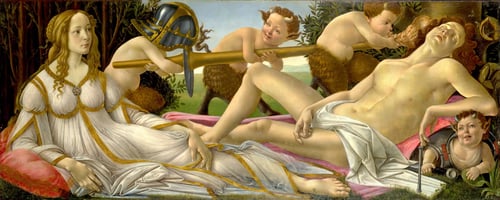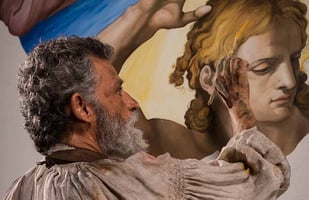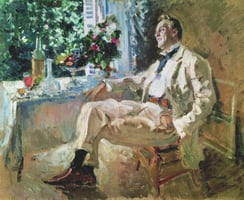The Quattrocento is an Italian term for the 15th century of the Common Era. It is also known as the...
Exploring the Renaissance Art of Italy's Cinquecento Period
The Cinquecento, meaning "500" in Italian, is the period in art history between the late 15th century and mid-16th century. This period saw the emergence of the High Renaissance, as well as the introduction of new media such as oil painting. During this time, artists moved away from the Gothic and Mannerist styles of the late-15th century to embrace a more naturalistic approach to painting, sculpture, and architecture.
The Italian Renaissance was the birthplace of many great artists, including Michelangelo, Leonardo da Vinci, and Raphael. These artists were instrumental in developing the new style of art. They favored a more realistic approach to painting, using light and shadow to create an illusion of depth and space on a two-dimensional canvas. They also employed linear perspective, a technique of using lines and angles to create an illusion of three-dimensional space.
Sculpture during the Cinquecento period moved away from the traditional Gothic style and focused on creating more naturalistic figures. Artists such as Michelangelo and Donatello used techniques such as contrapposto, which is the positioning of the human body in a relaxed and naturalistic stance. These sculptures often depicted religious and mythological subjects.
Architecture during the Cinquecento period also reflected the new naturalistic artistic style. Architects such as Bramante and Palladio built structures that were based on classical Roman models. These buildings incorporated classical elements such as columns and arches.
The Cinquecento period marked a new era of artistic expression and innovation. It saw the emergence of new artistic styles that would become the foundation of the Baroque period and beyond. It also saw the emergence of some of the greatest artists of all time, such as Michelangelo and Raphael. The Cinquecento period remains an important part of art history, and its influence can still be seen in modern art.




